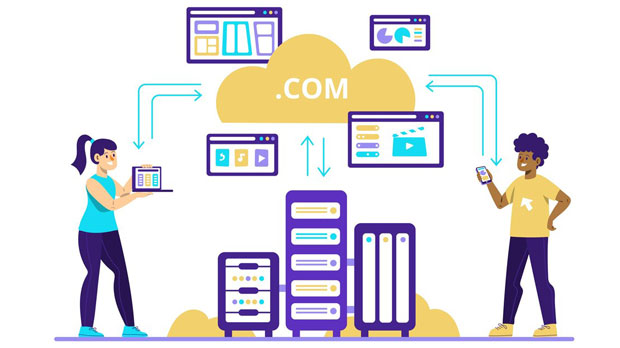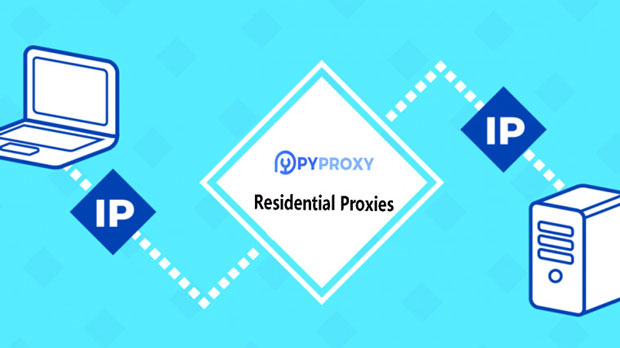In the world of online services, especially when dealing with proxy technologies like Proxy Web Proxy and SOCKS5, users often face questions about the associated costs of latency assurance services. These services are critical for maintaining fast and reliable connections across networks, which is particularly important in business, security, and privacy scenarios. The calculation of service fees for such proxy services can vary based on a number of factors, including traffic load, server locations, and the type of proxy used. In this article, we will explore the key elements involved in determining these fees, the factors that influence them, and how clients can ensure they are getting value for their money. 1. Understanding Proxy Web Proxy and SOCKS5 TechnologyTo begin with, it’s important to understand what Proxy Web Proxy and SOCKS5 are and how they function. Proxy servers act as intermediaries between a client and the internet. They work by rerouting requests from clients through their servers to access websites or services. This process helps with security, privacy, and even bypassing geo-blocked content.Proxy Web Proxy generally refers to HTTP or HTTPS proxies, which are mostly used for browsing and web-related services. These proxies forward requests and responses, but their functionality is limited to web traffic. On the other hand, sock s5 proxies are a more advanced type of proxy server, capable of handling various types of traffic, including UDP and TCP, beyond just web browsing. This makes SOCKS5 proxies ideal for more complex needs, such as gaming, video streaming, and secure file sharing.2. Latency Assurance: What Is It and Why Is It Important?Latency is the delay experienced by data packets as they travel across the network from one point to another. In proxy services, latency refers to the delay between a client’s request and the response received from the server. High latency can result in slower performance, poor user experience, and even service failures, particularly in time-sensitive activities like trading, online gaming, or video streaming.Latency assurance services are designed to maintain the lowest possible delay by ensuring optimal server selection and network paths. The providers of proxy services often guarantee a certain level of latency to clients, which is a significant factor in determining the service fee. Typically, the better the latency assurance, the higher the cost due to the additional resources needed to maintain those low-latency connections.3. Factors Affecting the Cost of Proxy Web Proxy and SOCKS5 Latency AssuranceSeveral key factors affect the cost of proxy services that offer latency assurance. These factors determine the quality, availability, and reliability of the service, and subsequently, how much a client may have to pay for optimal performance.- Server Location: The geographical location of the proxy servers plays a crucial role in the latency and speed of the connection. Proxies that are closer to the client or the target destination will typically offer lower latency. International proxy services, on the other hand, might charge higher fees for more distant connections or premium server locations.- Traffic Load and Bandwidth: The volume of traffic handled by the proxy servers directly affects latency and, consequently, the service fee. Providers with higher bandwidth and the ability to handle large amounts of traffic usually offer better latency assurance. Higher bandwidth and minimal congestion result in lower latency, but these services often come at a premium.- Proxy Type (SOCKS5 vs. Proxy Web Proxy): SOCKS5 proxies tend to be more expensive than simple web proxies due to their ability to handle diverse traffic types and offer better overall performance. While Proxy Web Proxies are generally cheaper, SOCKS5 proxies are often preferred for complex tasks that require greater reliability and faster speeds.- Quality of Service (QoS) and SLA: Providers who guarantee specific latency levels usually charge higher fees for their services. The Service Level Agreement (SLA) outlines the expected levels of service, including maximum acceptable latency. If the provider fails to meet these standards, they may offer compensation or other incentives. High SLA guarantees often lead to higher service costs.4. Pricing Models for Proxy Web Proxy and SOCKS5 Latency AssuranceThe pricing of proxy services varies from provider to provider, with different pricing models available based on the type of service being offered and the desired latency levels. Below are the most common pricing structures used:- Pay-Per-Usage: This model charges clients based on their actual use of the proxy service. For example, a user might be charged for each gigabyte of data transferred or for every request made through the proxy. This model is typically more suitable for users with fluctuating or minimal usage requirements.- Subscription-Based Pricing: In this model, clients pay a flat fee for a specific time period (e.g., monthly or yearly) to access proxy services. The fee often varies depending on the level of service, including the latency guarantees and server locations. Higher tiers with better latency performance typically cost more.- Tiered Pricing: Providers often offer tiered pricing based on the quality of service. For example, users who require low latency guarantees might need to subscribe to a higher-tier plan, while those with less stringent requirements can opt for a lower-tier plan at a reduced cost.5. How to Choose the Right Proxy Service Based on Latency Assurance NeedsWhen choosing a proxy service, it’s important to carefully assess the latency needs based on the specific use case. Here are some steps to guide the decision-making process:- Define Your Latency Requirements: First, understand your specific latency needs. If you require a fast connection for real-time activities, such as online gaming or financial trading, investing in a service with guaranteed low latency may be necessary. For simpler tasks, such as browsing, a lower-cost service with higher latency might be sufficient.- Evaluate Different Providers: Compare different providers based on their offered latency levels, SLAs, and pricing structures. It’s important to ensure that the provider can meet your requirements while staying within your budget.- Test the Service: Many providers offer trial periods or demo versions of their proxy services. Take advantage of these opportunities to test the latency levels and overall performance before committing to a long-term contract.6. ConclusionCalculating the costs of Proxy Web Proxy and SOCKS5 latency assurance services depends on several factors, including server location, traffic load, bandwidth, proxy type, and quality of service guarantees. By understanding these elements, clients can make more informed decisions and choose the best service that aligns with their needs. Whether you’re operating in a business environment or seeking personal anonymity and privacy, investing in a reliable proxy service with optimal latency performance can lead to improved user experience and more efficient operations. When evaluating these services, it’s crucial to balance cost with the level of service offered. With the right provider, you can ensure fast, secure, and reliable connections while minimizing latency delays.
Jul 21, 2025

































































